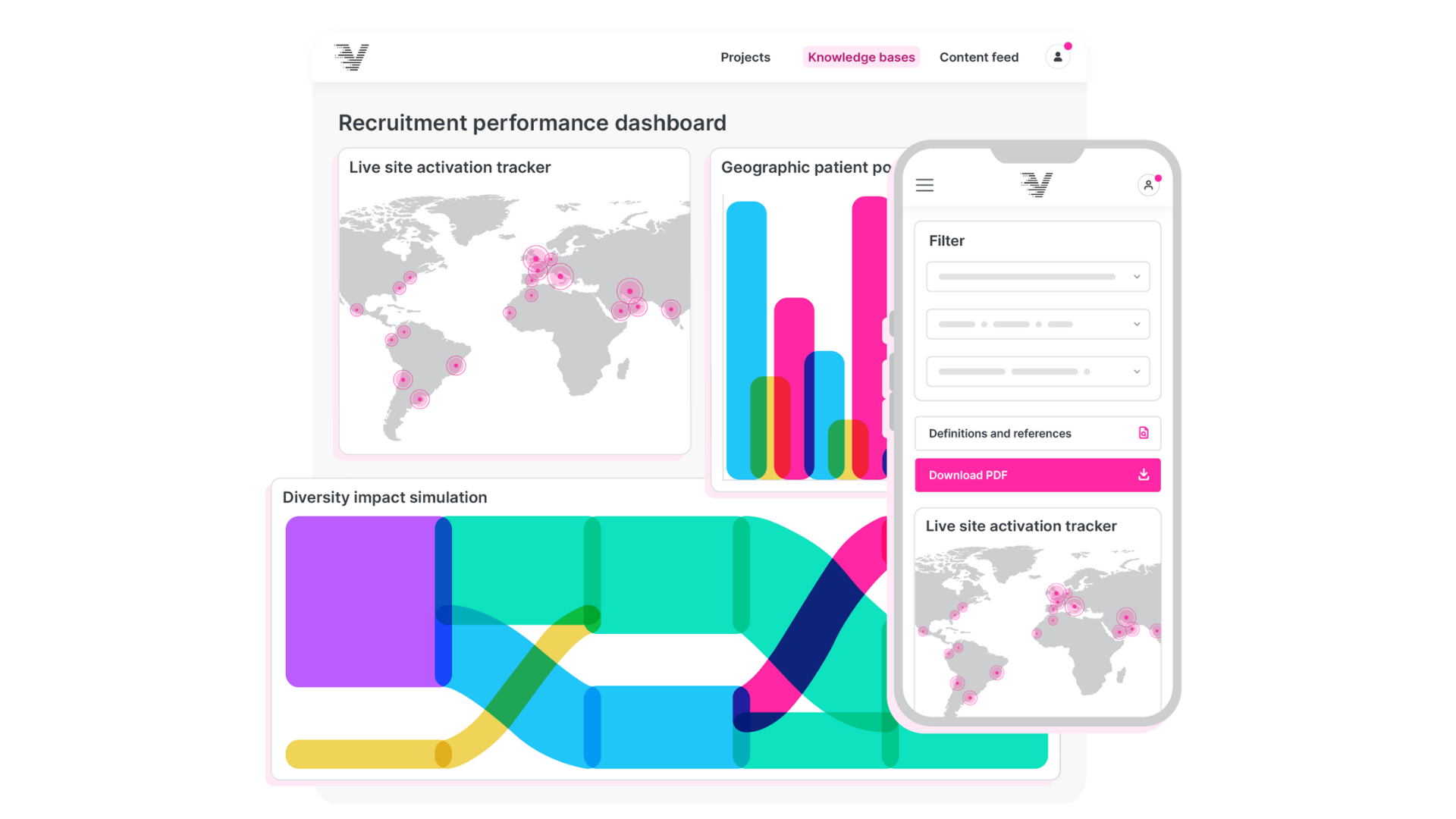Turning live trial data into strategic advantage

When I first moved from the lab bench into data science, I was struck by how often clinical trial decisions were still made on incomplete or delayed information. A site might look fine on paper, only for dropout rates or patient throughput to reveal problems months down the line. By then, the damage was already done.
This case shows how a trial team broke out of that cycle. The interesting part is not just that they hit their recruitment targets. It is how we helped them build a live, interactive intelligence system that turned scattered performance data into something that guided strategy day by day.
The starting challenge
The client was running an active clinical trial with ambitious recruitment goals. They knew some sites were underperforming, but they did not have a clear picture of why or where opportunities might lie. They needed to identify failing sites quickly, improve the design for future phases, and ensure the trial reached its endpoints on time.
The underlying problem was familiar: data existed, but it was fragmented and slow to surface. Without a system to bring it together and make it usable, the team could not act with confidence.
Building the dashboard
Our approach began with the raw material of the trial: recruitment rates, site activations, screening outcomes, and dropouts. We paired this with external epidemiological data, infrastructure assessments, and patient distribution across geographies. In other words, we layered the internal view of trial operations with the broader context of the therapy area.
The key was to bring these streams into a single dashboard that was both comprehensive and interactive. This was not a static report. It was a living system where the client could drill down from overall recruitment trends to site-level insights.
From a data science perspective, the hard part was not just integration. It was deciding what to show and how. We focused on a few principles:
- Make the signal obvious: Highlight underperforming sites clearly, using throughput and dropout metrics, so the problem could not be ignored.
- Connect decisions to data: Show the epidemiology alongside site capacity, so closing a site or opening a new one was rooted in evidence, not intuition or ease.
- Support both detail and strategy: Allow a clinical operations lead to check daily performance, while giving executives a view of overall trial health.
This kind of system is a "compass", it does not walk the trial team to their destination, but it ensures they are always heading in the right direction.
What changed for the client
With the dashboard live, the client could act quickly. They identified underperforming sites to close, prioritized high-potential locations, and tapped into previously overlooked patient pools. They also tested how small shifts in screening criteria could improve diversity without undermining recruitment speed.
Perhaps the most important change was cultural. Clinical and operational teams started working from the same set of numbers. That alignment made discussions faster and reduced the friction that comes when different groups rely on different reports.
The result was not just hitting recruitment targets. The team gained a repeatable system for trial optimization, one that will continue to evolve with protocol refinements and new data sources.
Closing thoughts
For me, this project captures why I love working at the intersection of science and software. A trial can only move as fast as its data allows. By turning live trial data into an intelligence system, we gave the client something far more valuable than a static report. We gave them the confidence to act in real time, backed by evidence they could trust.
In a field where every month of delay can mean patients waiting longer for treatment, that confidence is not just a strategic advantage. It is a human one.

